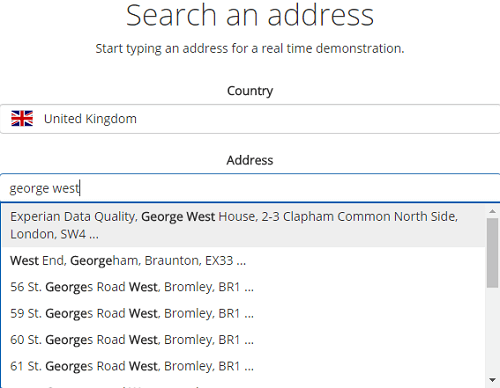Master Data Management (MDM) is a huge buzzword in boardrooms around the world. Organizations today collect and generate massive amounts of data, and the belief is that MDM is required to make any sense of it. Many see MDM as this magical solution that allows business users to leverage business data. And they’re right. But that’s like saying you would hire Shaquille O'Neal just so he can help you replace light bulbs in high ceilings or clean the gutters.
What many don’t consider is that MDM is often overkill for what they actually want to accomplish. Frequently, I see a big disconnect between all that an MDM solution can offer and what a company’s strategy, and specifically data strategy, is. For instance, are they trying to build a single customer view or consolidating records in their database? If that’s the case, more likely than not they’d be better off with a data matching or data integration solution. It’s important to frame MDM in the perspective of what your goals are and identifying other options that might make more sense.
MDM as a solution tends to circulate among C-level sponsors who hear this term lauded at industry events and among analyst communities. Sometimes it can seem like everyone is doing MDM. In fact, our research reveals that 33 percent of C-level executives believe MDM is a priority for their organizations. But what our study also shows is that only 19 percent of management-level employees agree with them. This tells me that while executives at the C-level think they need an MDM solution, the people who are in the weeds know they really require something smaller and simpler to meet their goals.
When it comes to choosing MDM, it’s also important to consider the return on investment. The typical MDM solution can take anywhere from 6 months (best case scenario) to a year or longer to get up and running. And, because it could potentially touch every area of the business, you will need to get consensus and buy-in from a lot of stakeholders. This heavy time investment is compounded by the fact that MDM solutions come with a hefty price tag. Generally speaking, for most things you’re trying to achieve, a cost-benefit analysis of the money and time it takes to implement MDM will probably reveal that the costs outweigh the benefits.
What’s my advice? When embarking on your data projects for 2017, really think about what your end goals are. Perhaps what you really want is a way to quickly query and join a few data sources and create ad hoc analyses. While having an MDM solution would undoubtedly help with this effort, can you wait a year? Asking these types of questions will help you to determine whether you need a full-blown MDM solution, or whether a couple of smaller solutions would better suit your needs. While there definitely will be instances in which MDM is your best option, odds are you may find yourself in a situation where the latter makes sense.
Did you know one in five businesses plans to undergo an MDM project in the next 12 months? Learn more about data priorities in the 2017 global data management benchmark report.
Download the report








